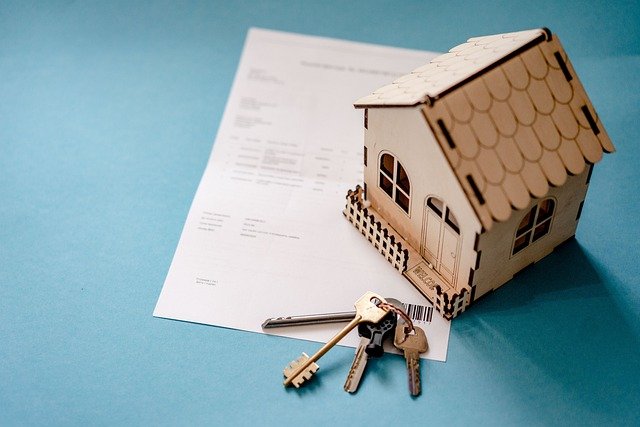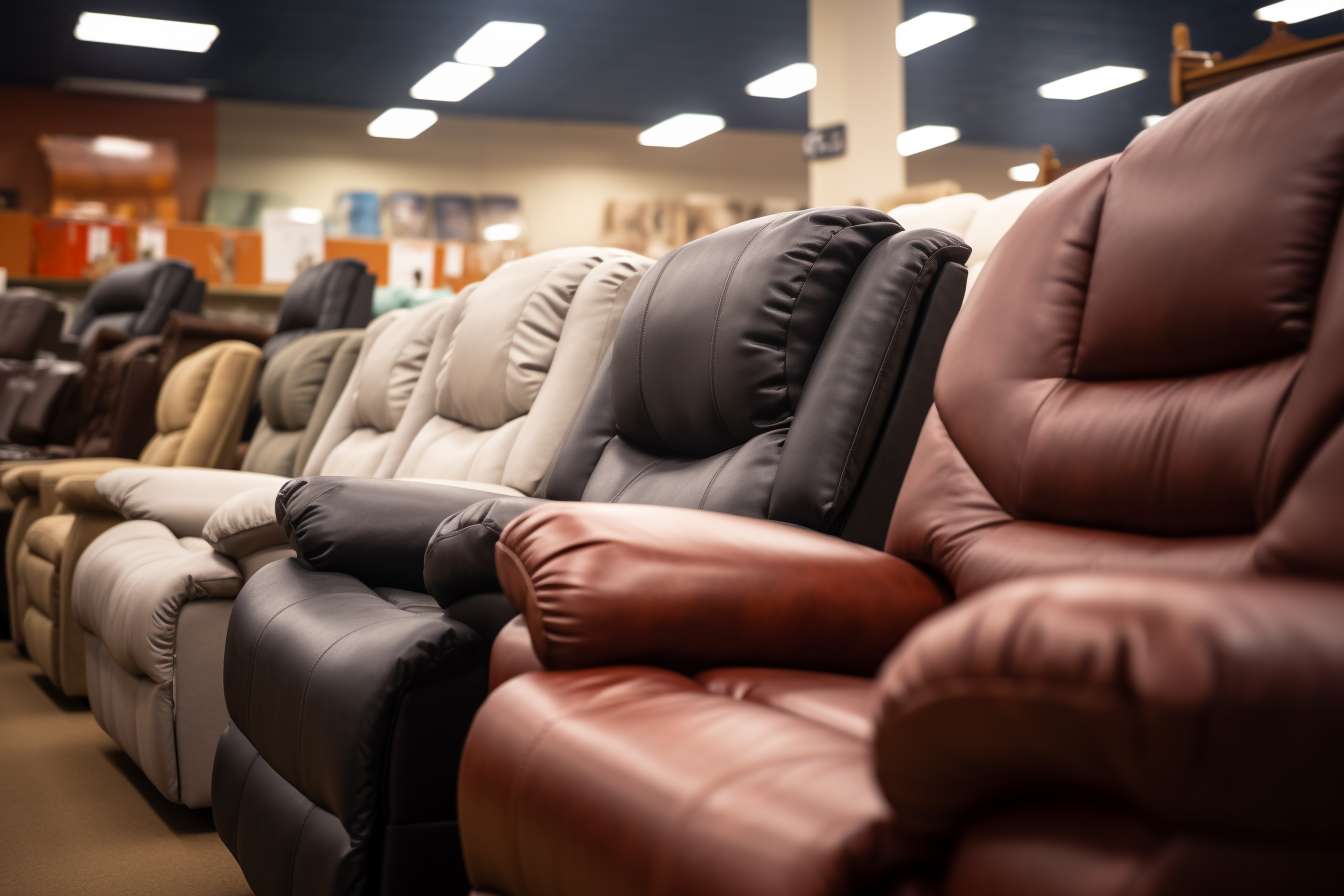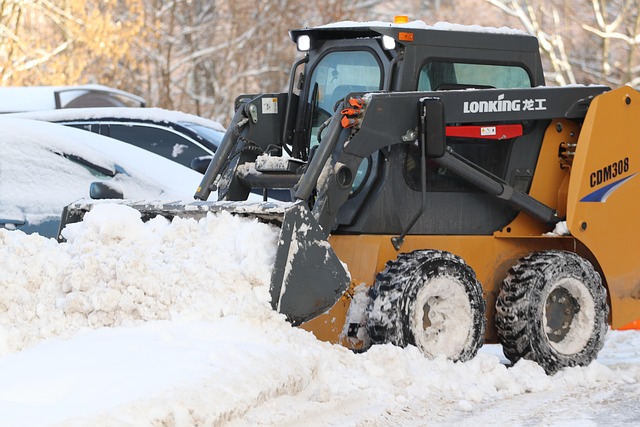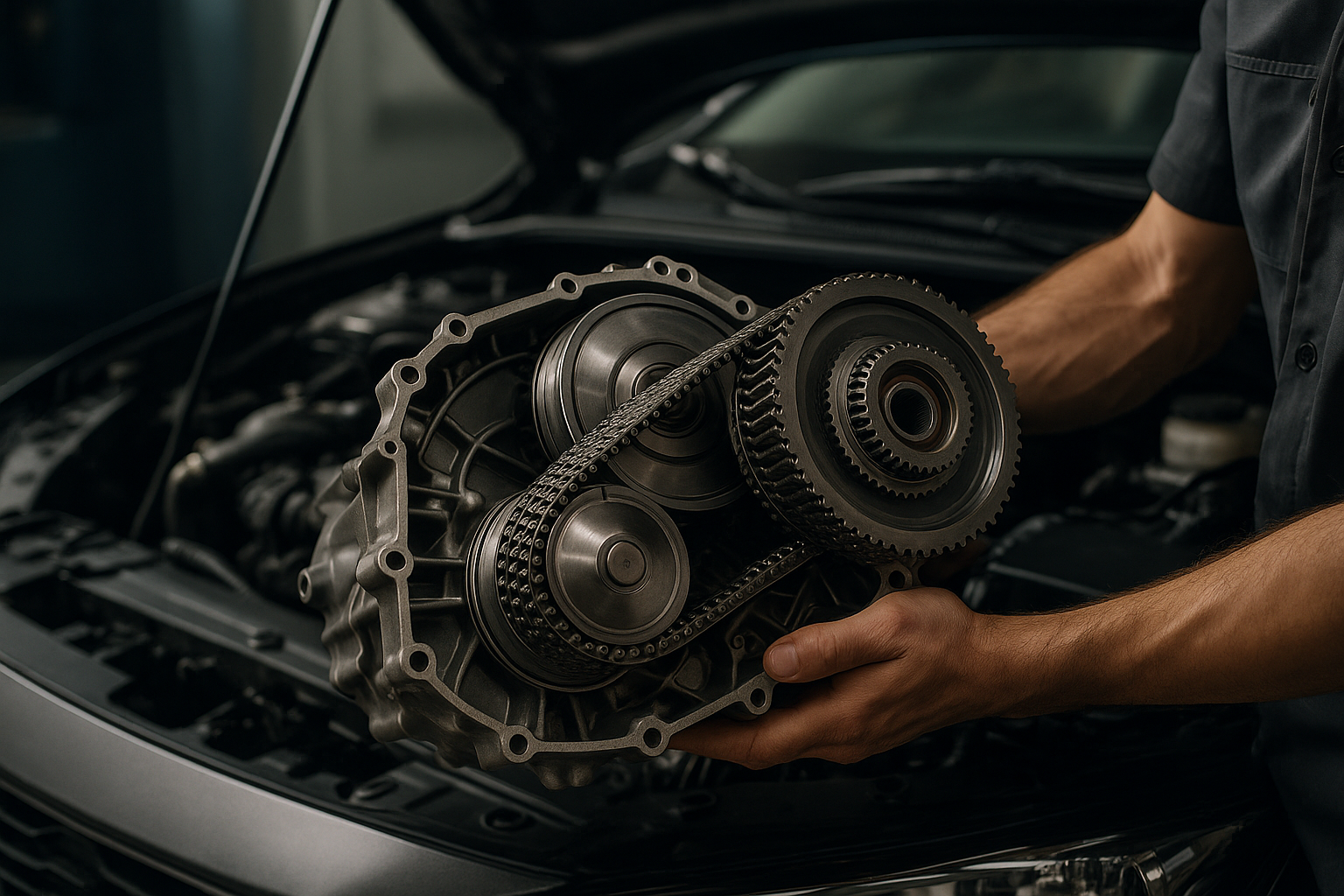Explore how modern granny pods address limited living space
As housing costs soar and multigenerational living becomes increasingly common, American families are discovering innovative ways to keep loved ones close while maintaining independence. Granny pods, also known as accessory dwelling units (ADUs) or in-law suites, represent a revolutionary approach to addressing the dual challenges of limited living space and aging-in-place care. These compact, self-contained living structures offer a practical alternative to traditional housing arrangements, allowing families to provide care and support while respecting personal boundaries and privacy needs.

Introduction to Granny Pods
Granny pods are small, prefabricated or custom-built housing units designed to accommodate elderly family members on the same property as their adult children or caregivers. These structures typically range from 300 to 1,200 square feet and include essential amenities such as a bedroom, bathroom, kitchenette, and living area. Unlike traditional home additions, granny pods are often portable or semi-permanent structures that can be installed relatively quickly without extensive construction work.
The concept gained significant traction during the COVID-19 pandemic when families sought safer alternatives to nursing homes and assisted living facilities. Modern granny pods incorporate advanced technology, including medical monitoring systems, emergency alert capabilities, and smart home features that enable remote health monitoring while promoting independence.
Advantages of Granny Pods
The benefits of granny pods extend far beyond simple space solutions. For elderly residents, these units provide the dignity of independent living while ensuring family support remains readily available. The proximity allows for immediate assistance during emergencies while maintaining personal autonomy in daily activities.
Family caregivers experience reduced stress knowing their loved ones are safe and nearby without the constant pressure of shared living spaces. This arrangement often strengthens family relationships by eliminating many common sources of intergenerational household tension. Children and grandchildren can maintain regular contact without the disruption that often comes with traditional multigenerational housing.
From a practical standpoint, granny pods offer greater flexibility than permanent home additions. Many units can be relocated if family circumstances change, and some models retain resale value. The installation process typically requires fewer permits and less construction time compared to traditional additions, making them an attractive option for families needing quick solutions.
The Financial Benefits of Granny Pods
Granny pods present compelling financial advantages when compared to traditional senior care alternatives. The average cost of assisted living facilities in the United States ranges from $3,000 to $6,000 monthly, while nursing home care can exceed $8,000 per month. In contrast, granny pods require a one-time investment that can provide years of housing solutions.
Beyond direct cost savings, granny pods can increase property values and provide potential rental income if circumstances change. Many families find that the initial investment pays for itself within two to three years when compared to assisted living costs. Additionally, some areas offer tax incentives for installing ADUs, further improving the financial proposition.
Insurance considerations also favor granny pods, as homeowner’s policies often extend coverage to these structures with minimal premium increases. This contrasts with the separate insurance requirements and liability concerns associated with traditional senior care facilities.
| Provider | Unit Size | Cost Range | Key Features |
|---|---|---|---|
| MEDCottage | 288-576 sq ft | $85,000-$125,000 | Medical monitoring, emergency systems |
| Wheelhaus | 400-1,200 sq ft | $95,000-$175,000 | Portable, eco-friendly, customizable |
| Village Homes | 300-800 sq ft | $65,000-$110,000 | Traditional design, quick installation |
| Clayton Homes | 500-1,000 sq ft | $55,000-$95,000 | Manufactured units, financing available |
Prices, rates, or cost estimates mentioned in this article are based on the latest available information but may change over time. Independent research is advised before making financial decisions.
Design Considerations for Granny Pods
Successful granny pod implementation requires careful attention to design elements that promote safety, accessibility, and comfort. Universal design principles should guide layout decisions, incorporating features such as wider doorways, grab bars, non-slip flooring, and step-free entrances to accommodate mobility challenges that may develop over time.
Climate control systems deserve special consideration, as elderly residents often require more consistent temperatures. High-quality insulation, efficient HVAC systems, and backup power options ensure comfortable living conditions year-round. Natural lighting and views to outdoor spaces contribute significantly to mental well-being and help maintain circadian rhythms.
Kitchen and bathroom designs should prioritize safety and accessibility while maintaining dignity and independence. This includes appropriate counter heights, accessible storage solutions, walk-in showers with seating options, and emergency communication systems connected to the main house.
Smart home technology integration allows for discrete monitoring without compromising privacy. Features such as automatic lighting, medication reminders, fall detection systems, and video communication capabilities can enhance safety while promoting independence.
Modern granny pods represent a thoughtful response to contemporary housing challenges, offering families a viable path to maintain close connections while respecting individual needs for independence and privacy. As communities increasingly recognize the benefits of aging in place and multigenerational support systems, these innovative housing solutions continue to evolve, incorporating new technologies and design concepts that enhance quality of life for all family members involved.




